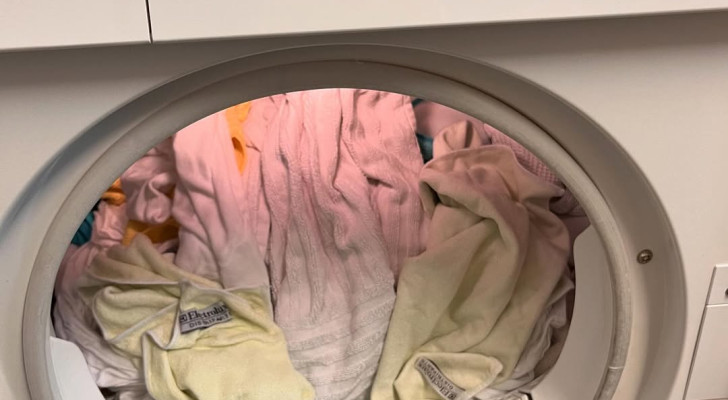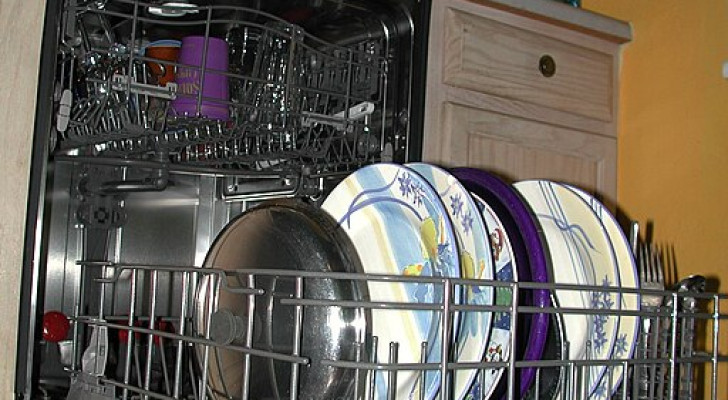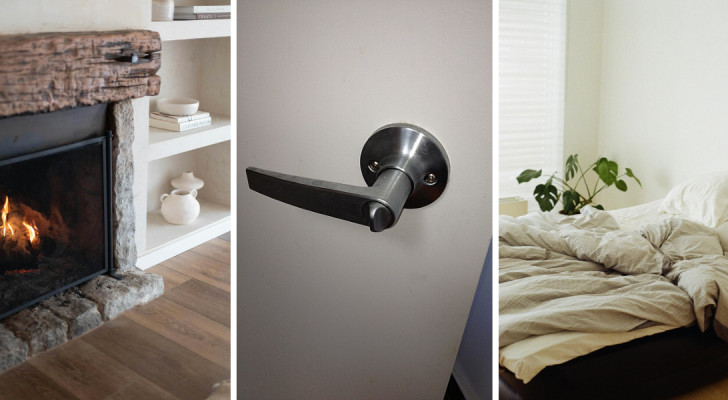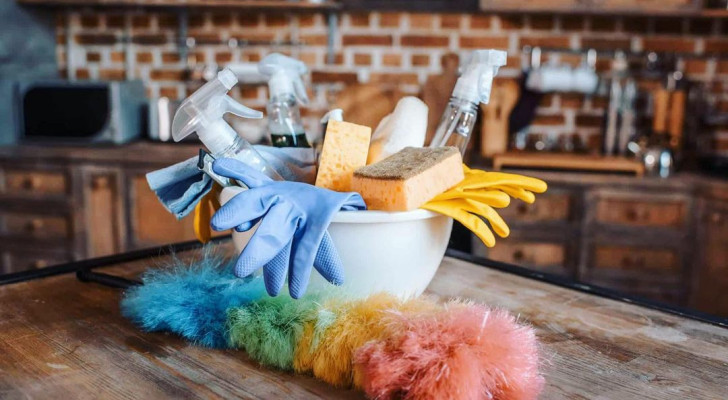Tired of having a cold house? Here's how to insulate the walls yourself, easily and cheaply
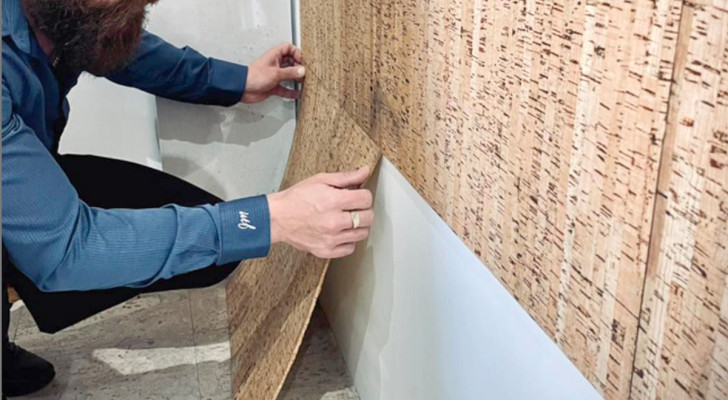
Why is it important to ensure that there is no heat loss from the house? Well, there are several good reasons: First of all, it is a good idea for the house to remain heated - especially in the winter months - so that the residents are comfortable. Also, if the weather forces us to dry our laundry indoors, proper heating prevents the formation of condensation in the home. Finally, poor insulation and excessive heat loss means running the heating system "overtime" to keep heat levels up - leading to high energy bills.
But does this mean spending a fortune to get experts to properly insulate your home? Can you do this yourself? The answer is "yes"! Read on to find out more:
Cork cladding
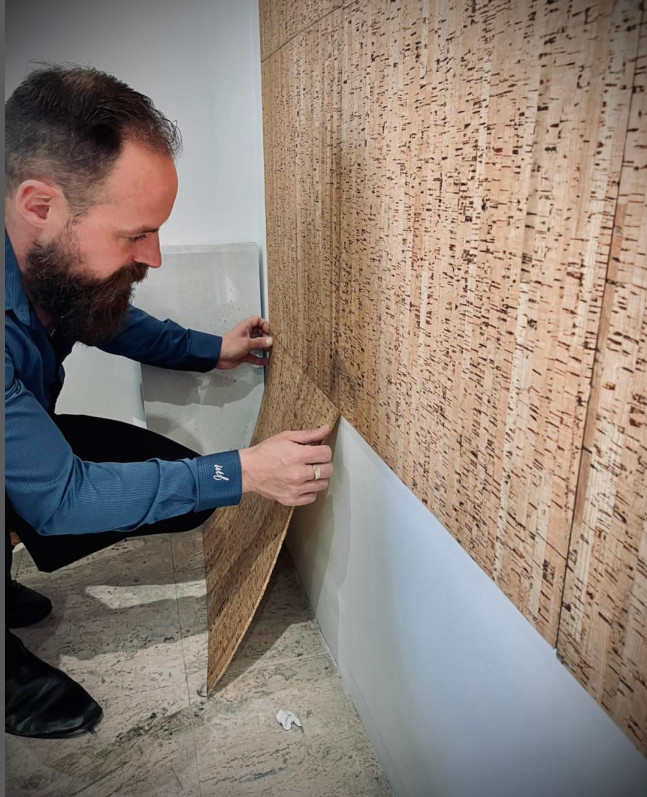
Cork is a very good insulator. Natural and robust, cork can muffle noise and can also prevent cold air getting into your home. Cork sheeting comes in single panels or in rolls. As a result, cork cladding can be both insulating and decorative.
Putting up cork - be it as panels, sheets or rolls - is very simple. You just need to be sure that the surface you are going to apply it to is smooth and dirt-free. Secure the cork in place with glue, making sure it sticks properly.
Polystyrene
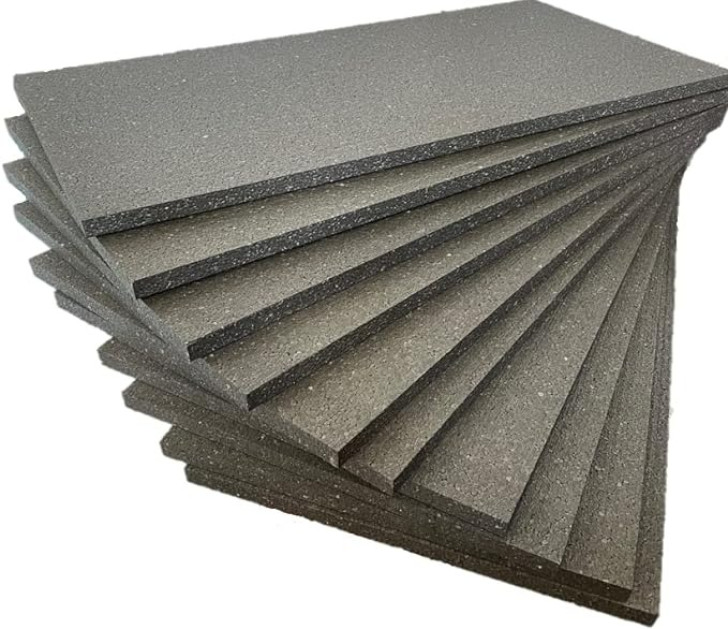
Polystyrene is usually supplied as panels. Being relatively thick, polystrene panels can be used anywhere in the house that requires greater thermal insulation. Robust and versatile, polystyrene panels can be applied to both internal and external walls and gives excellent results. Ploystyrene panels with graphite provide greater thermal conductivity capacity, helping to maintain the heat in the home.
The panels can be put up easily using mortar and can then be covered with a material of your choice.
Decorative polystyrene
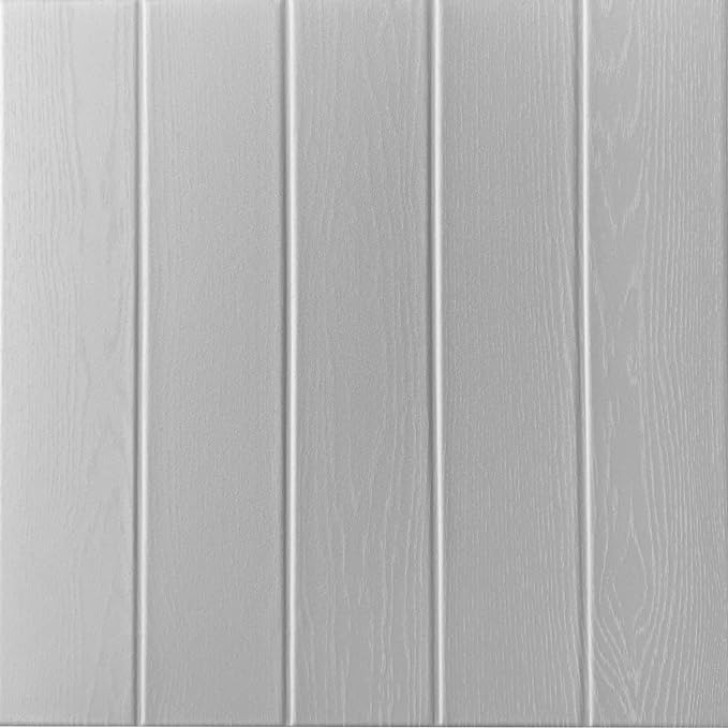
Polystyrene panels can also be decorative, as can be seen in this photo. Given this, it is not strictly necessary to cover these panels once they have been put up. This makes using the panels a quick way to solve your insulation problem and do some nice decorating too!
Aluminum

Aluminum sheets are often used on the back of radiators to retain heat and as heat reflectors. Given these properties, aluminum sheeting is also very useful when used as a easy-to-use thermal insulator.
Aluminum rolls or sheets are readily available in shops and can be cut to fit any space you need to insulate in your home.
Summary...
As you can see from the foregoing, DIYing home insulation is not that difficult to do or costly. The fundamental thing to remember is to make sure the surfaces you are going to apply the insulation to are clean and smooth (to ensure good, lasting adherence).
All we have to do is wish you good luck with your insulating projects!
